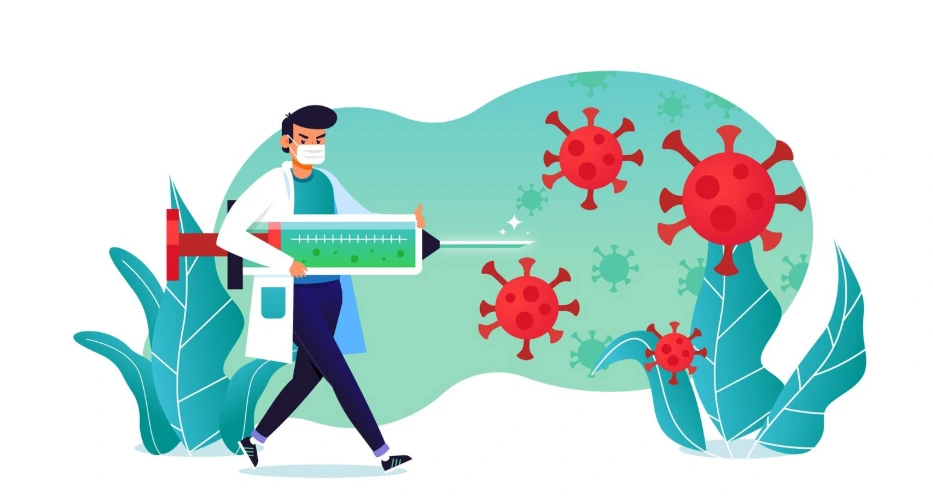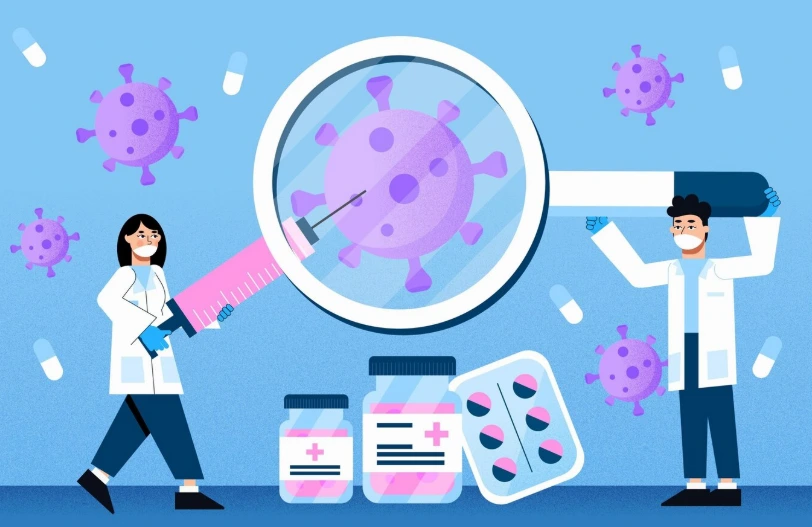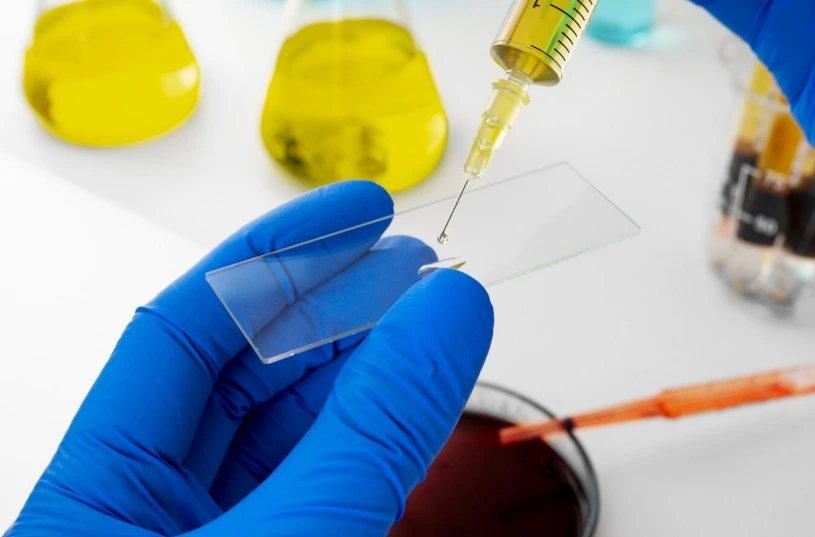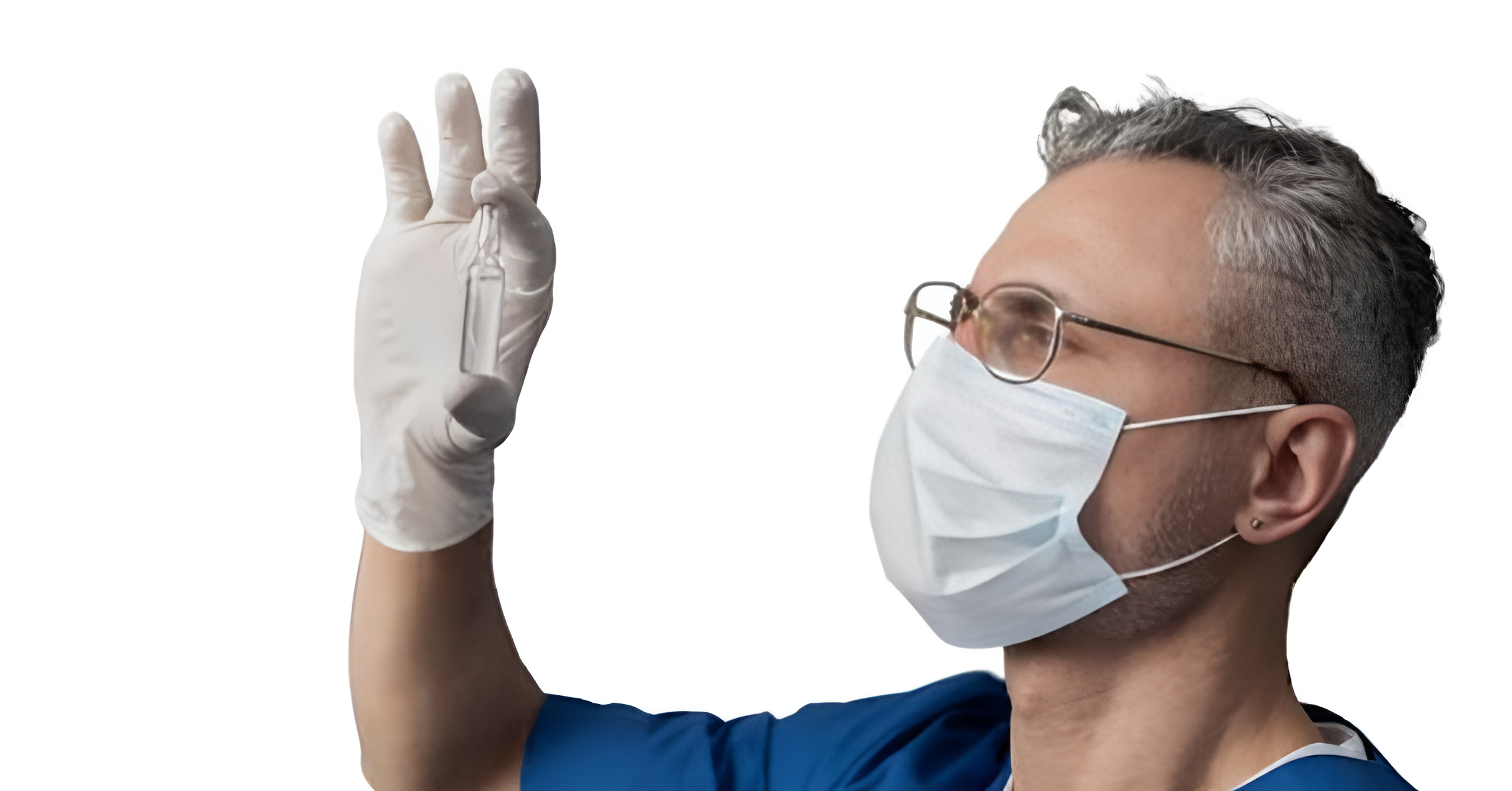Differences Between “Monoclonal” Antibodies And “Recombinant” Antibodies?
In this Article
All of the products listed in AAA Biotech’s catalog are strictly for research-use only (RUO).
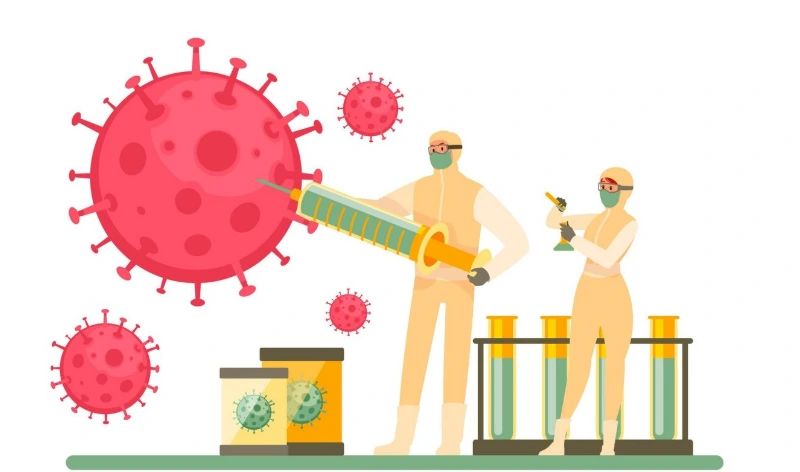
Today, antibodies are the unsung heroes that are ubiquitous in modern research. These are used in everything - from cancer therapies to diagnostic testing. However, not all antibodies are created the same.
Two terms that you will invariably come across are “monoclonal antibodies” and “recombinant antibodies”. These may sound or seem similar, but the differences between them can significantly impact many aspects of a project, such as -
- Outcomes of experiments
- Success rates of treatments
- Quality of the products they are contained in
Whether you are a student, scientist, or just curious about how some of today’s most advanced medical tools are made, being informed about these kinds of differences in antibodies (monoclonal vs recombinant) is essential. Let’s dive right in!
Monoclonal Antibodies: In Depth
Monoclonal antibodies are progressively becoming more and more important in science and medicine. They're highly prevalent in research, diagnostics, and medical treatments because they are very specific and reliable.
This type of antibody can be made using several different methods, and there are many types/classifications—like “primary” vs “secondary” antibodies—but what monoclonal antibodies all have in common is that they recognize and bind to only one very specific target (called an antigen) – the exact spot on the antigen that they recognize is referred to as an “epitope”.
Because of this level of precision, scientists can search through large antibody libraries in order to locate ones that are a perfect match for their experimental/project needs.
What Are Monoclonal Antibodies?
Monoclonal antibodies are made by producing many copies of a single white blood cell. All of the cell copies produce antibodies, and the antibodies that come from these copied cells are identical as the ones that come from that original cell that was copied.
In contrast, “polyclonal” antibodies come from many different cells, so “polyclonal” antibody materials are going to contain multiple different types of antibodies that are recognizing multiple different target locations on an antigen.
As the name suggests, “monoclonal” means "one clone" - so all the antibodies made this way bind to one specific part of a target, which, as mentioned before, is referred to as an epitope. This is what’s known as “monovalent” binding, and it’s what makes monoclonal antibodies so precise.
The Production of mAbs
There are a few different ways to make monoclonal antibodies in sufficiently large quantities. However, most methods begin with creating special cells that can produce the specific antibody of interest.
1. Hybridoma Technology (Traditional Method)
It is among the most well-known methods. Here's how it works:
- First, a mouse is injected with an antigen to trigger an immune response, where the mouse’s immune system will begin producing antibodies against this injected antigen.
- Then, scientists take B cells (which make the actual antibodies) from the mouse and fuse them with myeloma cells (a type of cancer cell that can grow forever).
- These fused cells are what are referred to as “hybridomas”, and each new cell copy can keep making one specific antibody over and over.
- These hybridoma cells are grown in the lab, and the antibodies that they produce are collected from the liquid medium that they grow/live in.
What Are The Pros of This Method?
- It produces a consistent, specific, antibody.
- Hybridomas can be kept alive long into the future, and used again and again.
Cons:
- It involves using animals, which can sometimes be difficult for many reasons
- It can lead to mutations in the produced antibody over time
- It takes a long time from original injection to harvesting hybridoma antibodies
2. Phage Display Technology
It is a newer method that doesn’t use animals. Instead:
- Scientists modify bacteriophages (these are viruses that infect bacteria) to show antibody fragments on their surface.
- These phages are then exposed to the target antigen. And the ones that stick are selected.
- The DNA from these "winning" phages is collected, and these are then used to produce antibodies.
Pros:
- It is much faster than hybridoma methods
- No animals needed.
- It is very straightforward and efficient
3. Single B Cell Technology
- Individual B cells are taken from the blood of an immunized person or animal.
- Scientists sort through the B cells and identify the ones producing the right antibody.
- They then extract the genetic code for the antibody, make many copies (amplify) of it, and use it to make monoclonal antibodies in the lab.
Pros:
- Relatively fast process
- It doesn’t rely on hybridomas
Each method has its strengths. However, newer technologies like single-cell sorting are becoming more popular because they’re faster and more ethical. They also don’t rely on long, complex lab procedures involving animals.
What Are These Antibodies Used For?
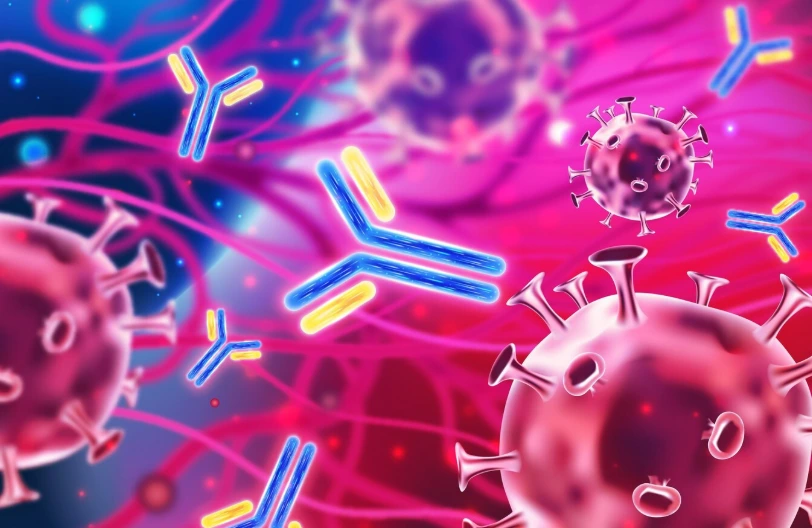
Because they are so specific—meaning they only bind to one target—monoclonal antibodies are extremely useful in medicine, research, and diagnostics.
1. Diagnostic Tests
Monoclonal antibodies are helpful in diagnosing various disease or other health markers, via use in lab tests like:
- Flow cytometry
- ELISA (Enzyme-Linked Immunosorbent Assay)
- Western blotting
These tests help detect specific proteins or markers in samples, such as blood or tissue.
2. Medical Treatments
Monoclonal antibodies are used in many therapies, due to their abilities to:
- Neutralize viruses (like in some COVID-19 treatments)
- Block specific receptors on cells to prevent disease from spreading
3. Research and Development
Scientists consider monoclonal antibodies indispensable in:
- Studying how the immune system works
- Developing new medical treatments
- Creating further highly targeted antibodies for specific experiments
Are They Made Differently If Being Used for Different Purposes?
Therapeutic antibodies (used in treatments) are often made in mammalian cells because these cells can perform complex processes known as “post-translational modifications”, which are important for the antibody to be able to work properly in the body.
Diagnostic and research antibodies do not always need these complex steps, so they can be made utilizing bacteria or yeast, which are faster and cheaper to grow.
What Are Its (Monoclonal) Advantages?
Even though monoclonal antibodies already only target one specific part of a molecule (called an epitope), they can be improved even further using lab-based (artificial) engineering techniques.
Here are some key benefits of using monoclonal antibodies:
- Very consistent and uniform – Every batch is nearly identical, which makes results more reliable.
- Can effectively be made endlessly – Once the right hybridoma cell is created, it can keep producing the antibody “forever”.
- High purity and concentration – Monoclonal antibodies are “cleaner” and “stronger” than polyclonal antibodies.
- Sensitive to small changes – They respond well to changes in salt levels and pH, which can be useful in fine-tuning experiments.
Recombinant (Monoclonal) Antibodies: In Depth
Recombinant antibody technology is a field that is of continually growing interest to researchers in modern sciences, as it allows for the “improvement” of antibodies using via genetic engineering. With this technology, scientists can fine-tune things, such as:
- How strongly an antibody binds to its target (affinity)
- How specific is it
- What type (isotype) of antibody is it
One important method uses E. coli to produce small antibody fragments, and it is responsible for helping to build vast antibody libraries.
These can then be tested and selected for use, especially IgG antibodies (and subtypes like IgG1), which are widely utilized in medicine.
What Are Recombinant Monoclonal Antibodies?
Recombinant monoclonal antibodies are, as the name implies, lab-made antibodies created using recombinant DNA technology. Instead of using animals to produce them (like previously discussed for traditional monoclonal antibodies), these are made by:
- Designing the antibody genetic sequence in the lab
- Inserting it into host cells (like bacteria or mammalian cells)
- Producing the antibody in a completely animal-free process
The method is faster, avoids the ethical concerns that come with using animals, and allows for precise control over the antibody’s properties.
How Are Recombinant Monoclonal Antibodies Made?
Recombinant antibody production is a flexible and powerful method that allows scientists to create antibodies from any animal species. The caveat, though, is that they need to have the right genetic tools.
Here’s how it works:
- Scientists “copy” the antibody genetic sequences from an animal's immune cells.
- These genetic sequences can be edited or combined in the lab to create new antibodies or fragments.
- These custom-made antibodies can be displayed using phage (viruses that infect bacteria) or yeast display libraries. These contain many different versions of antibody genes.
- Researchers then select the antibodies with the best properties, like high binding strength or better stability.
Ok, so when/where are they typically used?
Recombinant antibodies are useful because of their typically high sensitivity. They can:
- Detect very small amounts of a substance accurately
- Analyze any subtle differences, including post-translational modifications present
Further, they’re used in many areas, including:
- Biomedical research – such as cancer studies and vaccine development.
- Toxicology – such as studying how chemicals affect living organisms.
- Therapeutics – such as in developing antibody-based drugs.
Experts consider recombinant antibody technology to have completely transformed how antibodies are made and used.
What Are Its Benefits?
Recombinant antibodies come with many advantages:
- High quality and reproducibility – They’re consistent from batch to batch.
- Faster - Easier, and quicker to produce than traditional monoclonal antibodies.
- Scalable – You can make them in large amounts as needed.
One major benefit they have over traditional mAbs is their easily customizable nature. Their genes can be edited to:
- Improve binding to targets
- Adjust how long they stay in the body (pharmacokinetics)
- Reduce unwanted immune reactions (immunogenicity)
They can also be conjugated (attached) to other molecules for different uses:
- For research: linked with markers like biotin, enzymes (e.g., HRP, AP), or fluorescent dyes (like FITC, PE, APC)
- For therapy: linked to toxins or drugs to specifically target and kill disease cells
Finally...
Both antibodies have changed modern science, medicine, and diagnostics. They have their own strengths.
Monoclonal antibodies are highly reliable and have been used for decades in research, therapies, or diagnostics. They can even be mass-produced through different methods.
However, recombinant antibodies can take antibody production to the next level. They are faster to produce and don't need animals for the production process, as well as provide unmatched flexibility. Due to their being made through the use of genetic engineering, researchers can fine-tune their properties for better clarity and performance.

